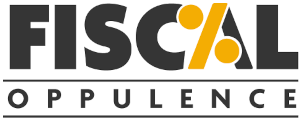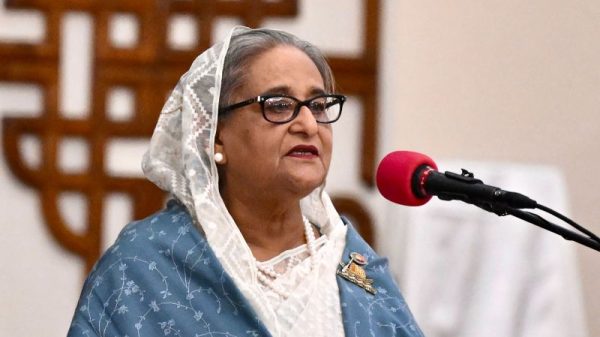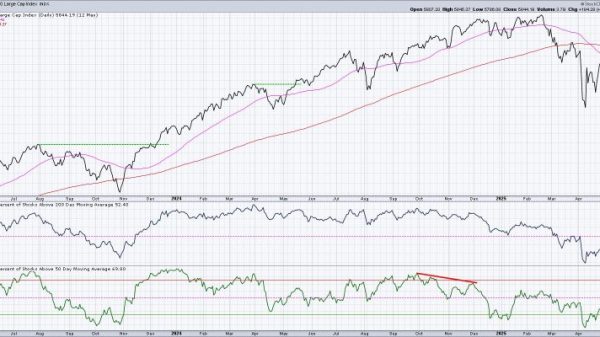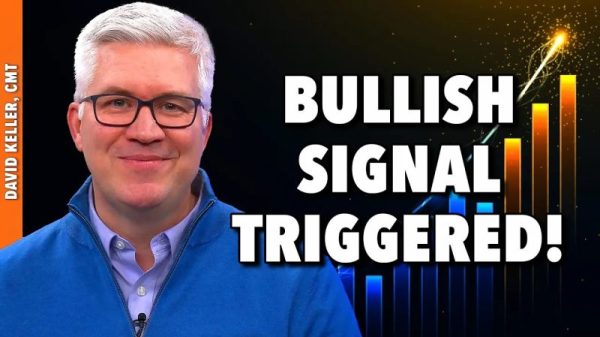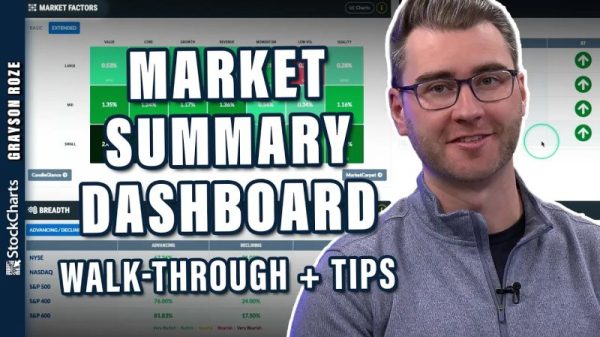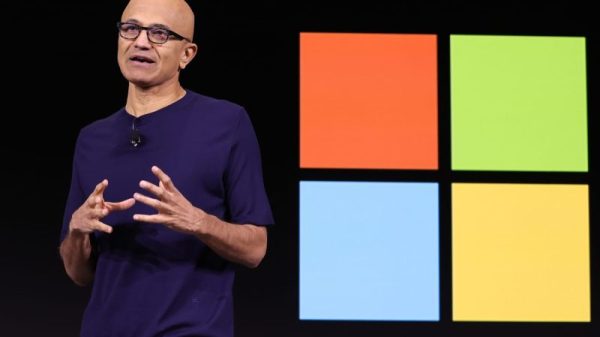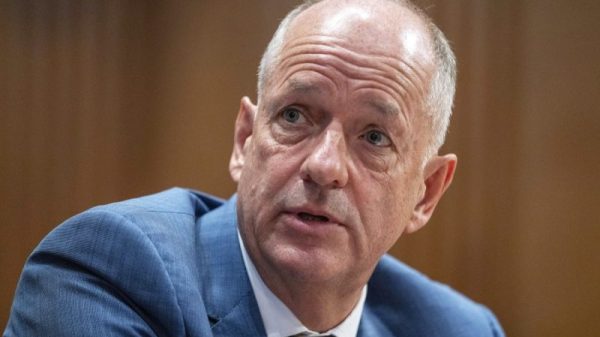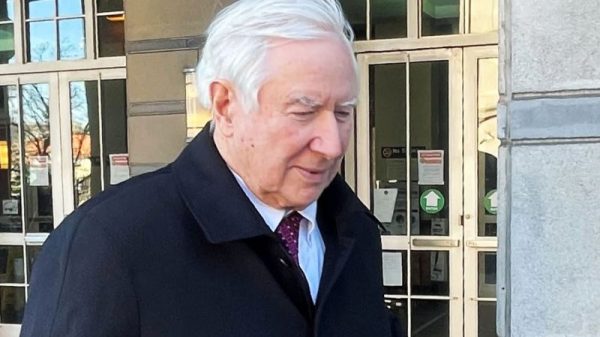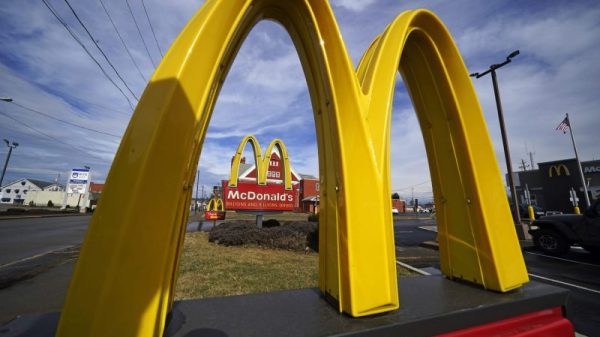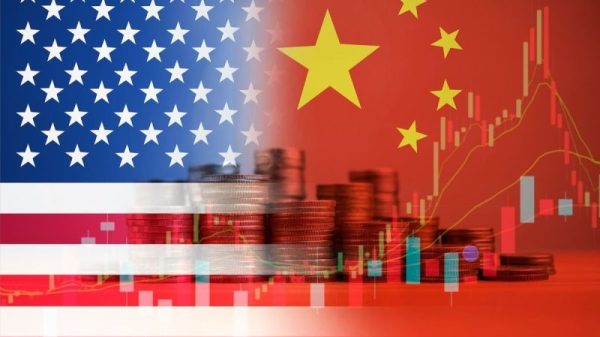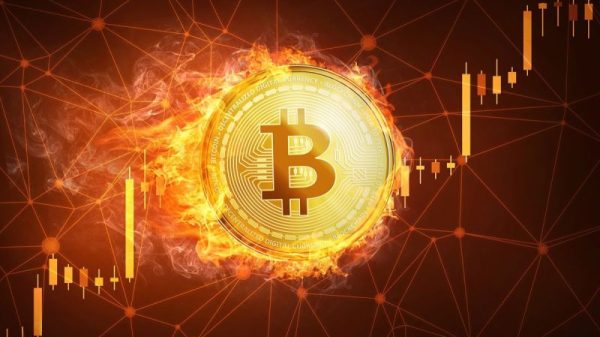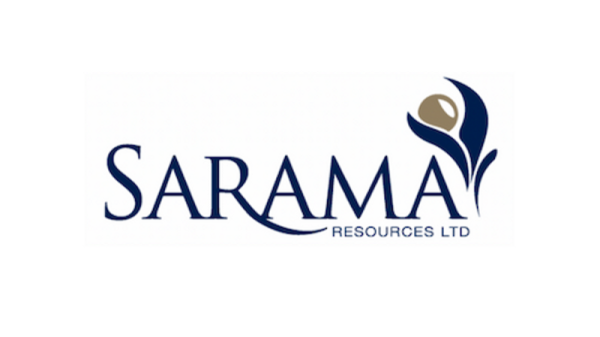It took a while, but people are just about done catching up on experiences lost during the pandemic.
While a minority of high-dollar travelers are still confronting — and paying — four-figure airfares to Paris and Tokyo, prices are finally falling across the leisure economy, the last several months of federal data show.
That’s good news for consumers, as well as economists and policymakers seeking reasons for optimism that the economy can regain its footing without sliding into a recession.
Consumer Price Index figures released Wednesday morning showed airfares down 19% in June from last year and car rental rates down 12%, for their fifth consecutive month of declines. Food away from home, which includes restaurant meals, continued to rise, but the category’s annual growth rate of 7.7% in June slowed from 8.8% in March. Ticket prices for sporting events ticked up last month, but the rise came after three straight months of declines.
“It’s the consumer getting to the end of their ‘revenge spending,’” said Skanda Amarnath, the executive director of the macroeconomic policy group Employ America.
The downtrend comes one year after inflation peaked at a four-decade high of 9.1% in June 2022, as consumers poured money into the services sector.
Restaurant prices are still rising but at a pace that has slowed in recent months.Saul Martinez / Bloomberg via Getty Images file
Early in the coronavirus pandemic, homebound consumers raced to scoop up physical goods like exercise bikes, household appliances and pajamas to work from home in, even as supply-chain bottlenecks pushed up prices and delayed deliveries. But as the economy reopened and more people ventured back out, pent-up demand shifted toward travel and leisure, driving up prices at bars, hotels and airlines that were often paying more for hard-to-find workers.
Now, with inflation slipping to 3% in June and consumer confidence hitting its highest level since January 2022, economists increasingly see signs of a return to normal.
Deutsche Bank Chief U.S. Economist Matthew Luzzetti said he still foresees a mild recession this year, expecting further pullbacks in consumer spending and bank lending. But “at the moment,” he said, “consumer spending does not look recessionary.”
Not everybody is tightening their belts in the same ways. While many have been taking shorter, cheaper trips closer to home this summer, overall travel demand remains high. A recent Bankrate survey found 63% of U.S. adults have traveled or plan to travel for leisure this year, up from 58% last year.
At the same time, the share of those citing higher prices as a top problem ticked down to 53% this year from 57% last year, possibly reflecting lower costs for gas, airline tickets and rental cars.
Some travel costs remain steep, though, and high-income vacationers are spending anyway.
Bankrate found about 85% of households making more than $100,000 a year reported leisure travel plans this year. And many of them are increasingly shifting their sights from domestic hot spots to international destinations.
Americans who are traveling abroad this year boast an average household income of nearly $110,000, compared to less than $83,000 among U.S. travelers overall, according to the consultancy Destination Analysts. Overseas jet-setters also have more vacation time to burn and stronger financial security than the average U.S. traveler, the group found.
Strong demand for high-dollar foreign getaways is driving up prices for trips abroad. AAA said in the spring that international flight bookings were up more than 200% since last year. The flight-booking platform Hopper said in May that average airfares to Europe and Asia each jumped by more than $300 since last summer, to over $1,100 and over $1,800 per ticket, respectively.
By contrast, domestic airfare averaged just $306 a ticket, down 19% from the year before.
To accommodate the strong demand, United Airlines has said it will grow its international network at twice the rate of its domestic network this year. Delta Air Lines executives told investors in April that they expected record revenue and profitability on their international routes this summer.
The federal government’s inflation gauges mainly reflect domestic consumption, which means vacationers’ splurging overseas won’t buoy inflation readings at home.
“We don’t see it as much in the domestic data because more of that money is being used on the international side of things,” said Omair Sharif, the founder and president of Inflation Insights. In fact, Sharif said he expects domestic airfare to continue falling through the summer, even as international travel picks up.
In the meantime, consumers who are staying within the U.S. continue to have more affordable options for spending during their downtime.
Last month, Darden Restaurants, which owns the Olive Garden and Longhorn Steakhouse, reported a decline in visits from lower-income households compared to last year, along with slower alcohol sales. But both measures remain above pre-pandemic levels, hinting at a return to more normal patterns.
At the Cracker Barrel, executives recently flagged a “noticeable drop in traffic,” with Chief Financial Officer Craig Pommells telling investors on June 6, “We believe some of our more price-conscious guests may be reducing their retail purchases as a way to manage their overall spend when dining with us.”
Amusement parks have also taken a hit. The Wall Street Journal reported this week that traffic to Disney’s U.S. parks has slowed this summer, shrinking line-waiting times during Independence Day weekend to near-decade lows.
Softer but not collapsing demand is right in line with what Federal Reserve officials hope to achieve with their campaign of interest rate increases, which they paused last month.
With inflation still running hotter than the Fed’s target of 2%, the central bank is expected to again lift interest rates at the end of the month, keeping borrowing costs high for mortgages, credit cards and car loans. Consumer spending, which accounts for about 70% of total U.S. economic activity, will have to cool further to help nudge inflation to that target.
But economists and Fed officials also don’t want it to crater and lead to a “hard landing,” in which a pullback in economic activity pushes employers to lay off workers en masse. If, for example, fewer travelers buy plane tickets or dine out, employers like airlines and restaurants might drop workers to cut costs.
Jobs data released Friday showed no signs that is happening at the moment, with both industries continuing to add workers. The national unemployment rate, at 3.6%, is still hovering near 50-year lows.
